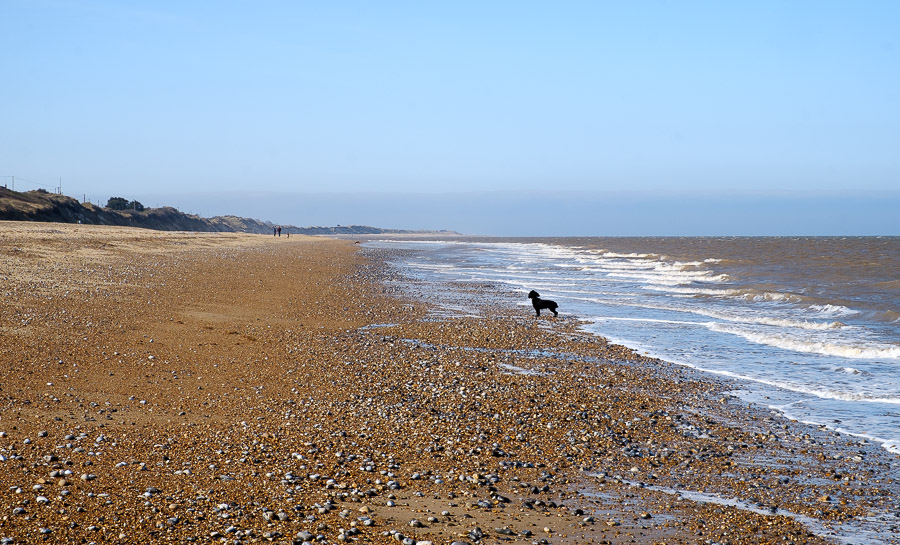I’ve written before about Hanlon’s Razor — one of my favourite aphorisms — but I realise that it was 16 years ago, so perhaps I can be forgiven for returning to it!
It is quoted in various forms and attributed to various people, but the version I heard originally was:
Never attribute to malice that which is adequately explained by stupidity.
Worth repeating to oneself on a regular basis, I find.
On the topic of quotations, though, a longer recent discussion about Hanlon’s Razor on the Farnam Street blog includes this rather nice one from the German general Kurt von Hammerstein-Equord:
I divide my officers into four groups. There are clever, diligent, stupid, and lazy officers. Usually two characteristics are combined. Some are clever and diligent – their place is the General Staff. The next lot are stupid and lazy – they make up 90 percent of every army and are suited to routine duties. Anyone who is both clever and lazy is qualified for the highest leadership duties, because he possesses the intellectual clarity and the composure necessary for difficult decisions. One must beware of anyone who is stupid and diligent – he must not be entrusted with any responsibility because he will always cause only mischief.






Recent Comments